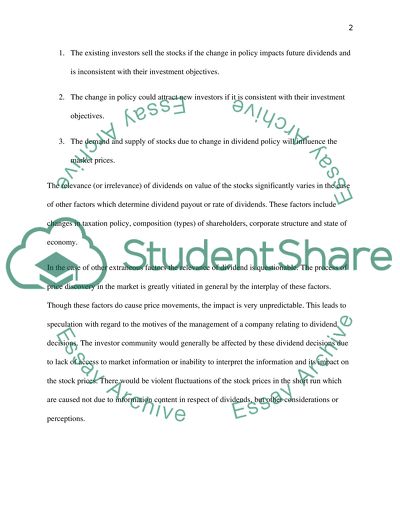Cite this document
(Corporate Strategy in a Company: the Objective of Stability and Coursework - 1, n.d.)
Corporate Strategy in a Company: the Objective of Stability and Coursework - 1. Retrieved from https://studentshare.org/finance-accounting/1471861-financial-management
Corporate Strategy in a Company: the Objective of Stability and Coursework - 1. Retrieved from https://studentshare.org/finance-accounting/1471861-financial-management
(Corporate Strategy in a Company: The Objective of Stability and Coursework - 1)
Corporate Strategy in a Company: The Objective of Stability and Coursework - 1. https://studentshare.org/finance-accounting/1471861-financial-management.
Corporate Strategy in a Company: The Objective of Stability and Coursework - 1. https://studentshare.org/finance-accounting/1471861-financial-management.
“Corporate Strategy in a Company: The Objective of Stability and Coursework - 1”, n.d. https://studentshare.org/finance-accounting/1471861-financial-management.


